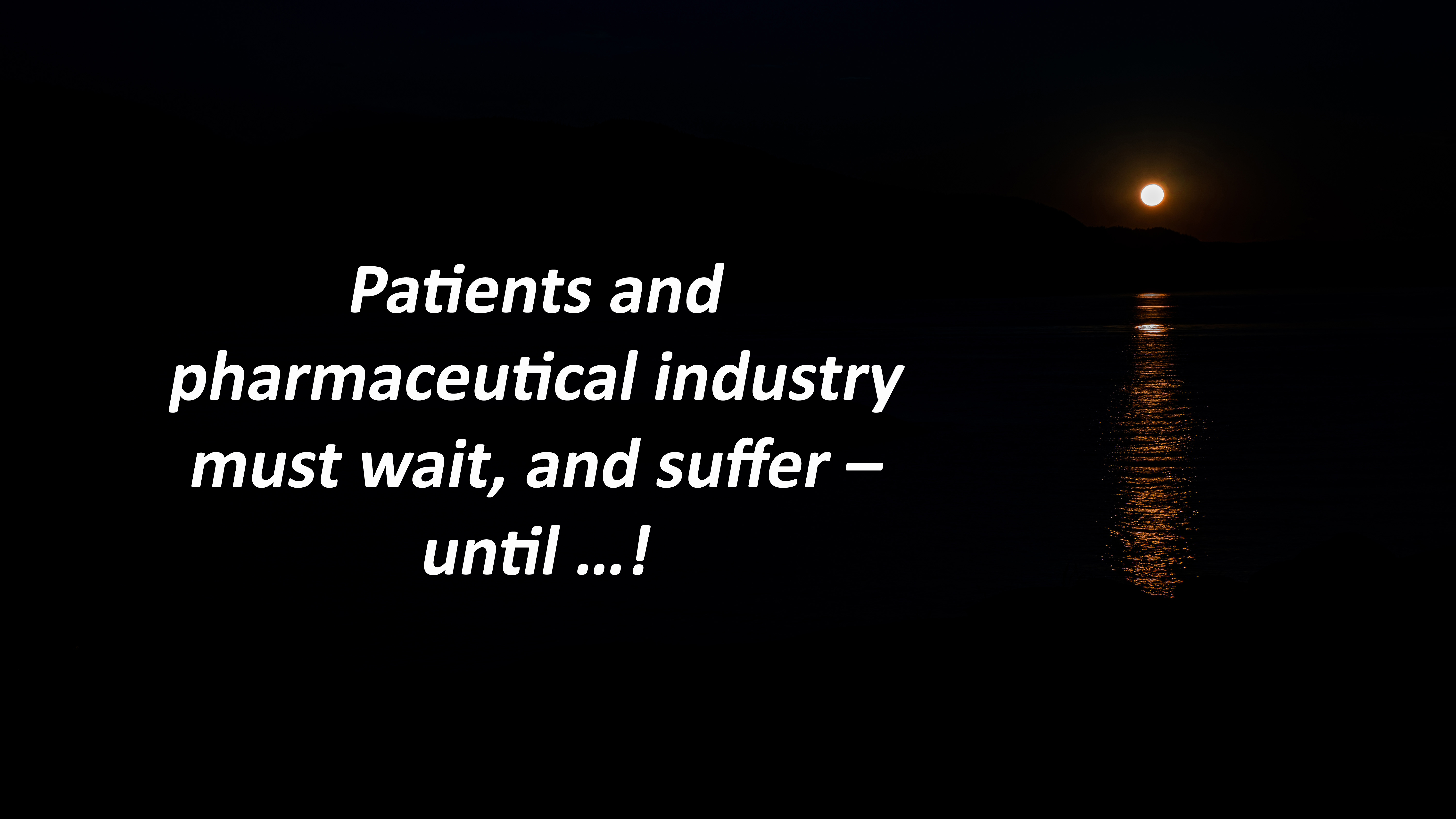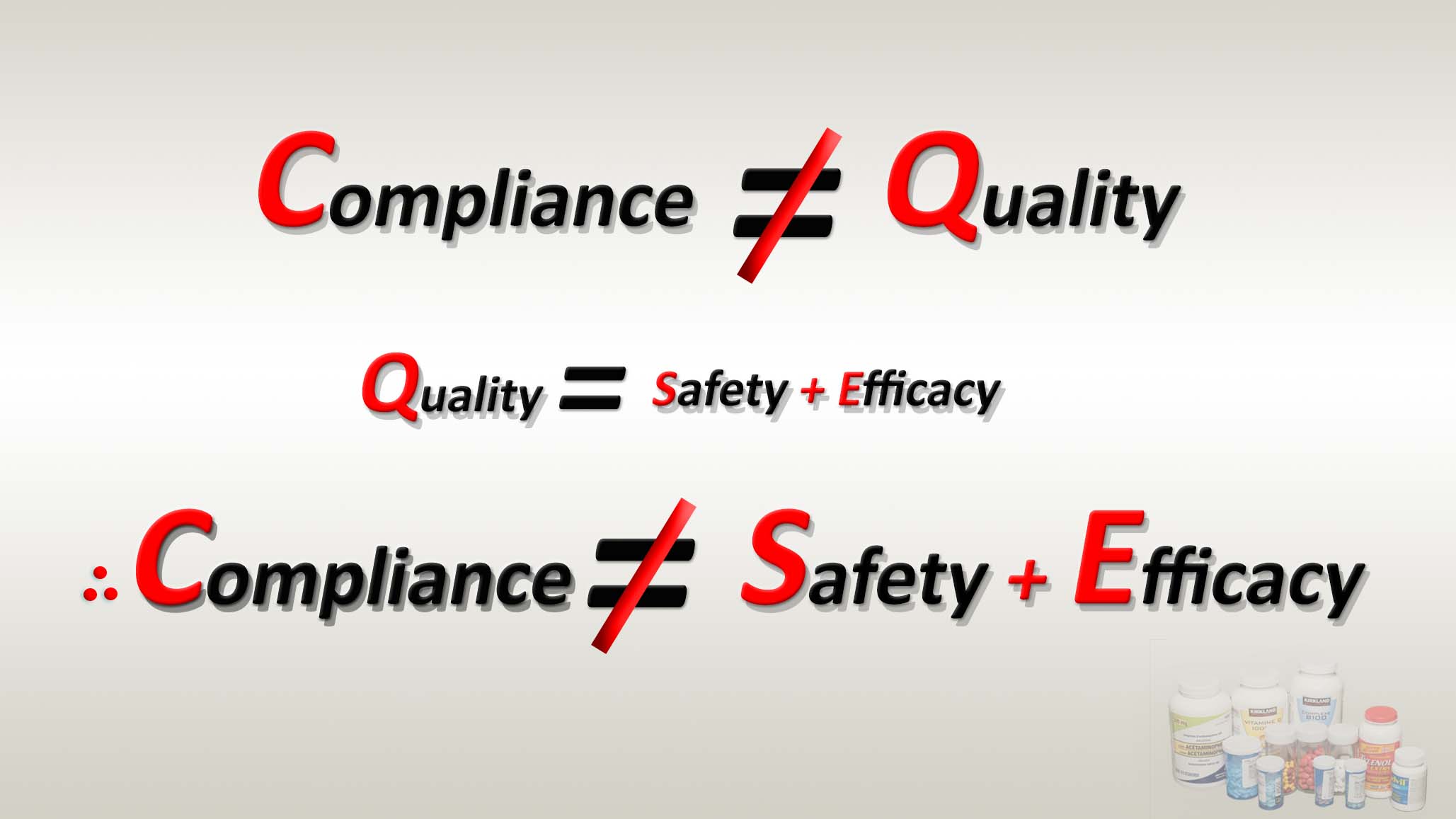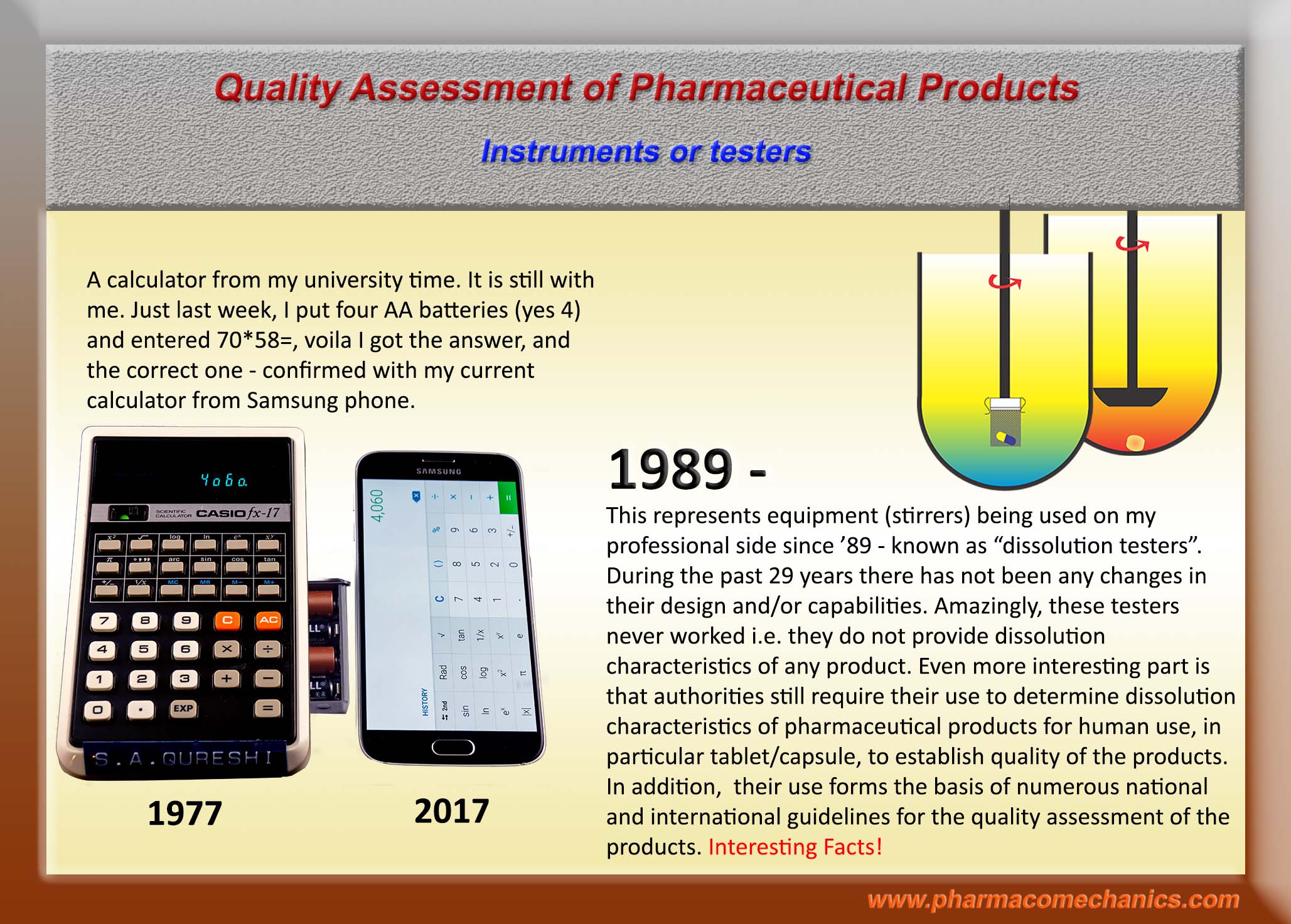
It is important to note that, at present, the availability of pharmaceutical products such as tablets and capsules is heavily regulated and more accurately controlled by regulatory authorities worldwide. As a result, manufacturers and suppliers must follow extensive suites of protocols (national and/or international) to get their products approved for marketing. These protocols are often described by different names, such as regulations, guidelines, standards, etc. The manufacturers must comply with these protocols, literally to the letter, which are mostly arbitrary in nature. Thus, in practical terms, contrary to popular belief, there is limited or no room for deviation, simplification and/or innovation from these protocols, at least from the manufacturers’ side.
These protocols may be considered formats for data/results presentations for product development or manufacturing, which are promoted as regulatory science. However, unfortunately, these are administrative and procedural requirements, not the science’s practice and/or requirement. The underlying “science” remains based on traditional practices and assumptions, more accurately, may be considered as rituals. Therefore, with the passage of time, the burden of adhering to these regulatory formats (“guidelines”) has become increasingly frustrating, time-consuming, and financially challenging for both authorities and manufacturers without any added value to the product quality and/or benefit to the users.
In addressing these challenges, manufacturer-bashing approaches (implied or explicit) are common and fashionable, often criticizing the lack of their integrity and competencies. This approach certainly appears to be a deviation away from the regulatory mandate or requirements, which is establishing and monitoring the quality of the products and not assessing and criticizing manufacturing ability or capacity. Regulators and their associates should be able to establish if the manufactured products, at the consuming stage, are of the required quality and, by extension, safe and efficacious. However, they can’t at present – thus deviation from their mandated objective!
There are two reasons for this regulatory shortcoming: (1) Regulatory authorities have never defined required quality, and its associated parameter, for product assessments. In fact, it could be argued that it is unknown to them. (2) Authorities require and enforce many flawed product testing requirements for compliance without their validations and relevance. As these requirements lack scientific credibility and validity, anybody, not just the manufacturers, would have difficulty meeting or meeting the current regulatory requirements and expectations. Please consider viewing the links below for a more technical description of this aspect.
Therefore, there is a clear need for re-evaluating the practice of setting regulatory standards and requirements, starting with defining a quality product and then using scientifically/GMP-valid instruments and procedures. Otherwise, it is impossible for the manufacturers to produce quality products and for the regulators to develop and implement appropriate guidelines and standards for product evaluation.
Some suggestions are provided to address these issues, and authorities sincerely hope to consider these thoughts./*/ For further reading (1, 2, 3, 4, 5)





